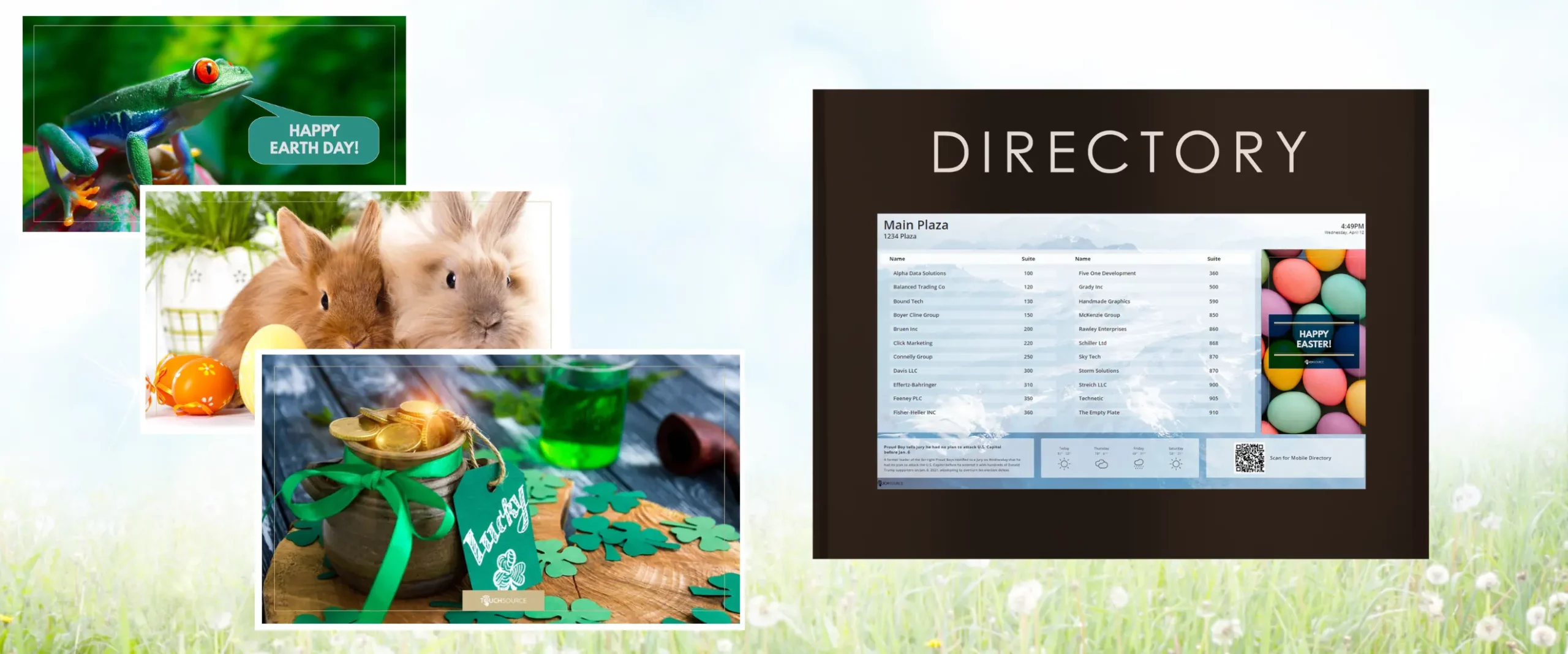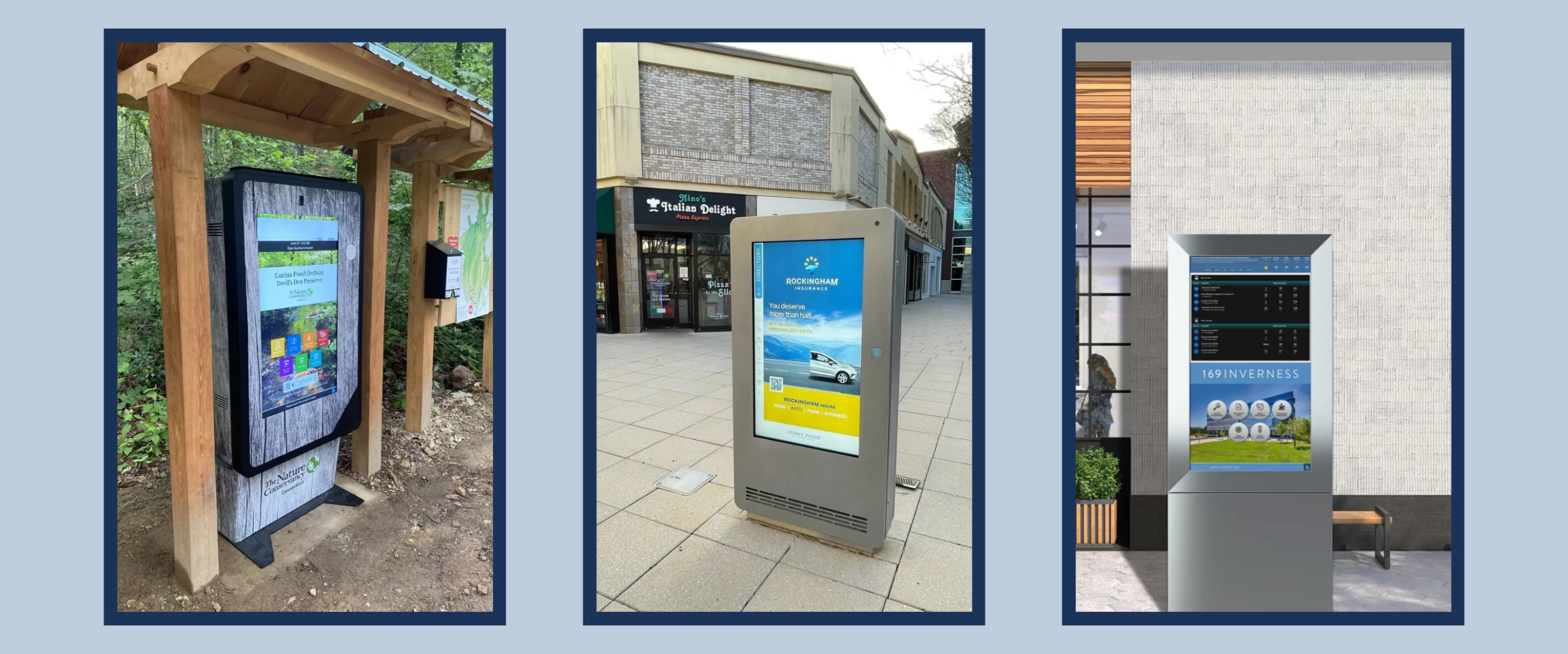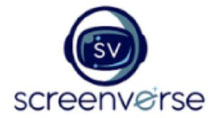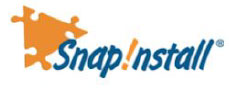Digital Signage and Directory Technology on Campus
by Sloan Petereit
As a junior at the University of Colorado Boulder, one thing I have noticed about the people of CU is that they are constantly moving forward and looking for new ways to modernize and improve. This mentality is common in all schools across the nation, especially as universities become more competitive in what their campus can provide for students. Knowledge and technology are what push universities forward and set them apart. Digital signage and wayfinding systems are resources that can provide students and staff with a wealth of information all in one location, while also adding technology and value to campus. As a student, I can think of numerous ways this type of technology can add to a university, and more specifically add to CU.
CAMPUS DIRECTORY
CU’s campus is over 600 acres with an undergraduate class of almost 30,000 students, so being a freshman in college is overwhelming to say the least. To this day I still get lost trying to find my way to new classes, and often end up taking an extremely long and unnecessary route. CU has an application that students can access on their phones to locate specific buildings on campus, but this is only helpful to an extent. Adding interactive digital directories to a university can improve navigation, not only by showing students where specific buildings are, but by giving them directions for the fastest route to their desired point. In addition to locating classes, students can find the nearest food markets, ATMs, printers, libraries, etc.
EDUCATIONAL BUILDINGS
Navigation
More so than locating buildings, I have trouble finding specific offices and classrooms within the buildings themselves because they are so big. It would be extremely helpful to have an organized and interactive visual to show where a specific professor or classroom is, along with where the coffee shops, printers, and help centers are located.
Connecting Students with Professors
Aside from directory services, TouchSource technology can allow for better communication between students and professors. One complaint I always hear from professors is to stop asking them when and where their office hours are. It is also common for professors to change the time or location of their office hours. This can all be communicated to students via digital signage and wayfinding, and more specifically utilized through TouchSource room signs.
Applications
When I picture a digital directory/wayfinding kiosk at CU, I can think of endless ways of how it could be valuable to students and tailored to individual universities. For instance, in the library, this type of technology can inform students what review sessions are going on, where certain books are, where the printers are (and if they are working), ect. At Norlin Library, private study rooms are a hot commodity and you have to sign up to reserve them. Interactive digital signage can show what study rooms are in use, and when they may become available. Students may potentially even sign up to reserve a room through a kiosk. Another way digital directories and signage can be utilized are in community centers such as the C4C at CU. The C4C has a café, a cafeteria, a market, a bowling alley, staff offices, and so much more. This technology can not only direct a student to any one of these places, but also show their operating hours and specific services. For example, the C4C cafeteria is huge, with so many different food stations. Digital signage can provide information such as when the pasta bar or Mexican station is open.
TRANSPORTATION
The bus system is very prevalent at CU because over half of each freshman class lives off campus in the Williams Village dorms. Fortunately, I was able to live on campus freshman year, but I remember listening to many of my peers that lived off campus constantly complain about the bus system being confusing. This technology is able to provide students with a user-friendly way to keep track of the busses, where they are going, and which route/stop is best for their desired location. CU also has a program called “CU Night Ride” which is a service that prevents students from walking alone at night by offering free rides home. Implementing interactive digital signage on campus can provide students with information of where the nearest night ride stop is or allow them to call a night ride driver using a phone link.
SAFETY
Unfortunately, violent crimes on campus are a very real problem today. During my freshman year an incident occurred where there was thought to be a shooter at the memorial center. Although it was a false alarm, it took a while to get the word out to everyone. With digital signage and directory systems on campus or in dorms, students and staff can easily be alerted of events like this. Furthermore, whenever there is a minor criminal incident on campus, every student gets an alert of the incident via email, notifying them to be cautious. Using digital signage can aid in getting messages like this out more efficiently, in addition to notifying students of police updates and news.
From simplifying campus for both students and staff, to giving individual schools a valuable technological advantage, introducing digital signage and wayfinding systems to universities would be a huge asset. I believe these systems have the potential to change the dynamic of a university, not only by making it more accessible, but by driving it into the future. College is demanding, so if universities are able make any improvements that will facilitate students in focusing on their long-term goals, they should. Digital directory and wayfinding systems are able to do just that by improving safety, educational, transportation, and navigation services. Universities implementing this type of technology exhibit innovation and ambition, and from a student perspective, it creates inspiration to embrace these characteristics as well.













